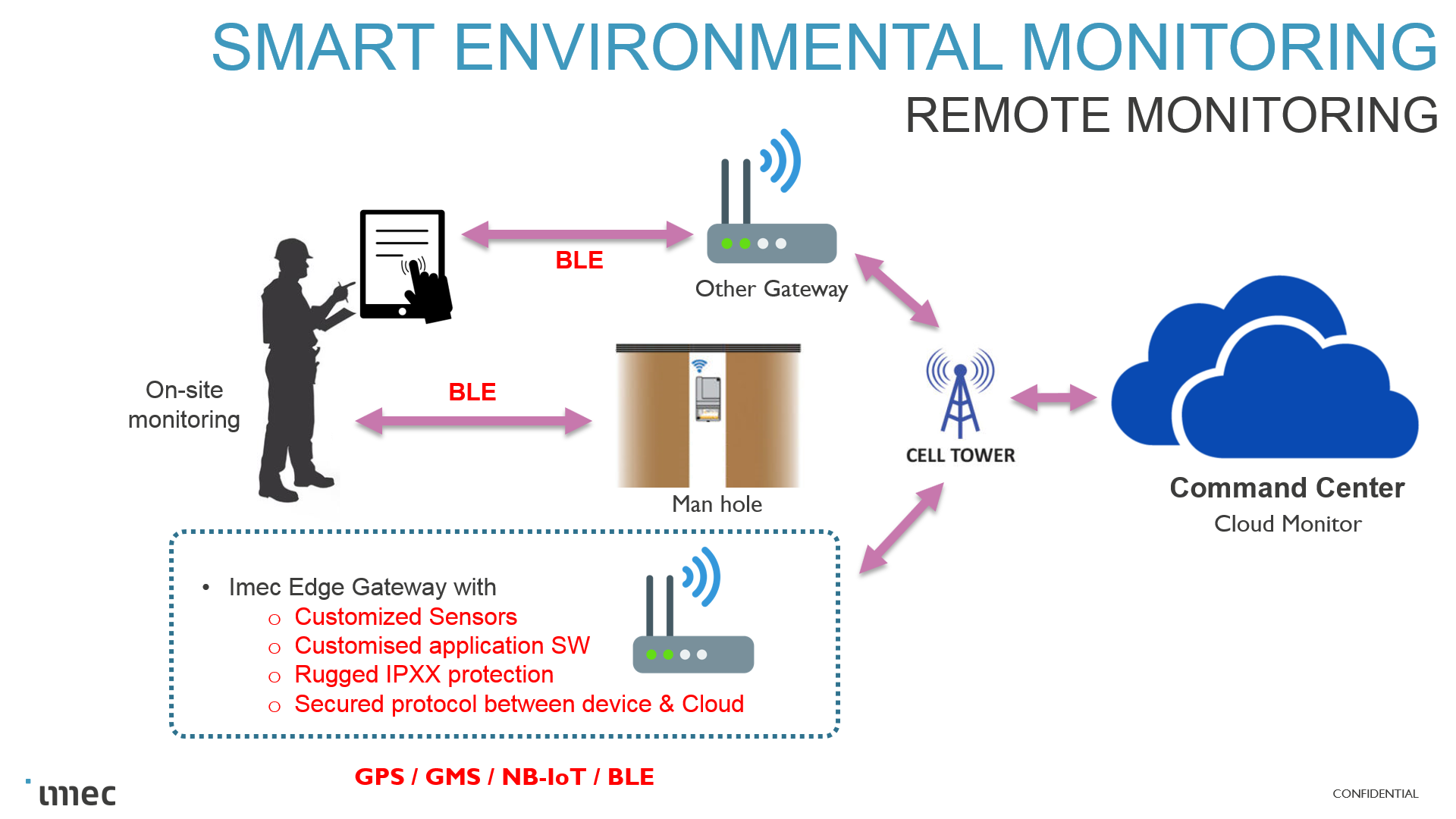AUTONOMOUS INSPECTION OF UNDERGROUND WATER DETENTION TANKS
Background
Detention tanks collect and store storm water runoff during a storm event, then release it at controlled rates to the downstream drainage system, thereby attenuating peak discharge rates from the site. With such systems in place, the drainage system as a whole can cater for higher intensity storms brought about by increasing uncertainties due to climate change. Water detention tanks may be located underground to free up ground space.
Regular inspections and maintenance can help to ensure that the detention tank system is able to perform as required during a storm event. The detention tank systems should be inspected at least once a month for the physical condition of the tank (including structural damage), stagnant water, clogging at trash racks or inlet and outlet structures, sedimentation, condition of ancillary fittings and clear access of pathways and openings.
However, for manual inspection and maintenance of such underground tanks, inspectors may face potential hazards such as confined space, shortage of air supply, build-up of undesirable gases, pest infestation, risk of falling etc. Hence, solutions are sought to allow the inspector to be physically removed from the underground tank while performing inspection.
It is expected that the number of completed water detention tanks available in HDB estates alone will be around 20 by end of 2019 (with around 160 more under construction). These are not inclusive of water detention tanks for other developments (e.g. private housing, schools etc.), and will continue to increase over the years.
Requirements
The inspection device shall be able to
• Check physical dimension of the tank (height, width, breadth), and quality of finishes like squareness, alignment, surface evenness.
• Map out 3D profile of underground detention tank
• Navigate autonomously, scan and check the ensure quality of concrete finish, e.g. no spalling concrete, no honeycomb, no bulging of structural elements, smooth cold joint and formwork joint, no foreign objects on surface (e.g. formwork, nails etc), no visible leakage or crack at ceiling or wall.
• Verify that there is no stagnant water, no remaining water at inlet/outlet of tank, no pest infestation
• Reduce and/or eliminate the need for human to operate the device within the underground storm water detention tank
Desired Outcome
The objective of this innovation call is to seek solutions that can perform inspection of the underground water detention tanks according to the requirements with minimal or no need for an inspector to enter the tanks. The efficiency and cost of the solution should be equal, or better than, performing manual inspection.
Development Timeframe
Maximum duration of projects should not exceed 2 years.
Partnership Opportunities
HDB-ESG JOINT INNOVATION CALL TO DEVELOP AND TEST-BED SOLUTIONS FOR AUTONOMOUS INSPECTION OF UNDERGROUND WATER DETENTION TANKS
Proposal submissions are open from 16 Jan 2019 10:00AM to 18 Mar 2020 12:00AM


